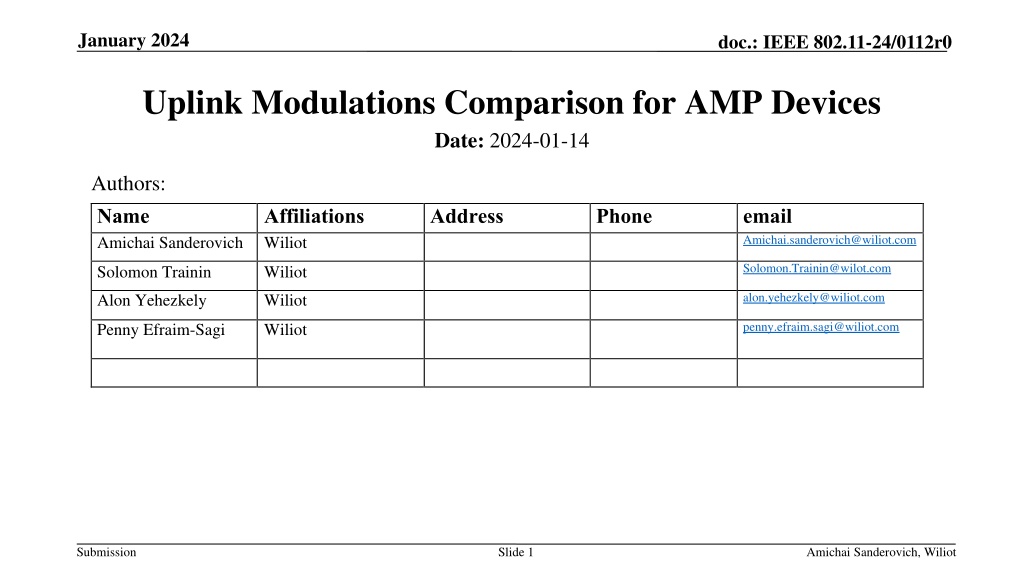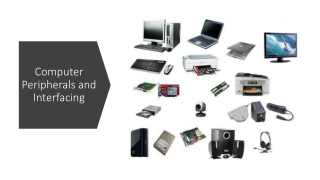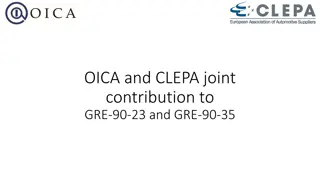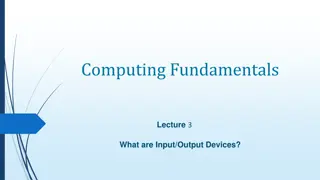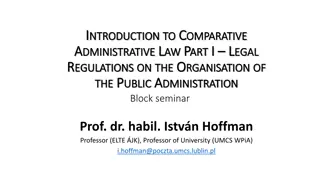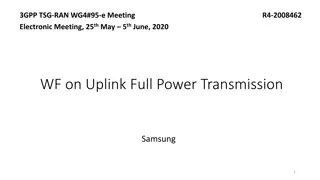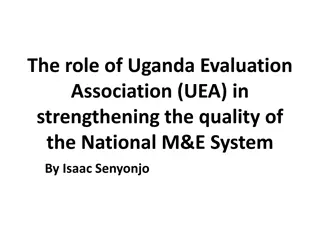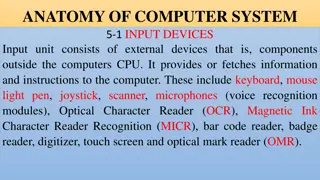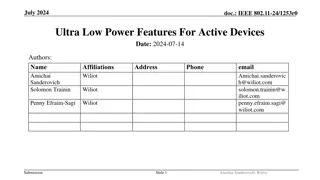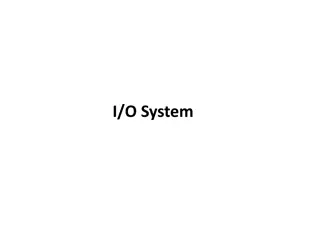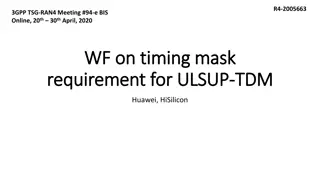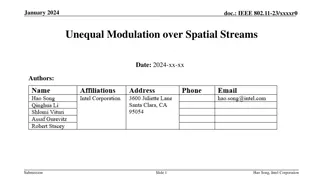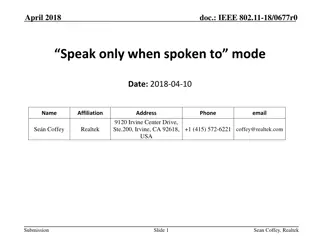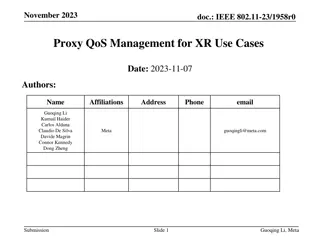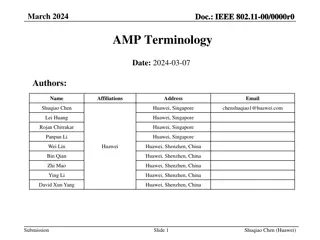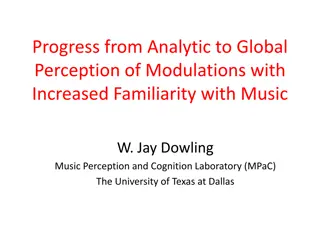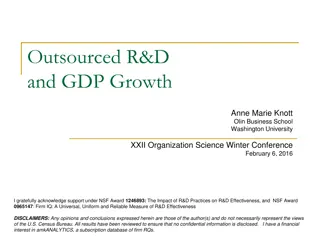Uplink Modulations Comparison for AMP Devices
PeerTalk, a P2P MVoIP system, implements a decoupled distributed processing model for services. It features mixing and distribution phases, with dynamic tree constructions, heartbeat messaging, and adaptive mixing tree resizing. The system uses an election protocol for session initiation and performs mixer splitting, merging, migration, and replication to optimize audio mixing. Experimental evaluation includes testing on a power-law graph network in the PlanetLab testbed.
Download Presentation

Please find below an Image/Link to download the presentation.
The content on the website is provided AS IS for your information and personal use only. It may not be sold, licensed, or shared on other websites without obtaining consent from the author.If you encounter any issues during the download, it is possible that the publisher has removed the file from their server.
You are allowed to download the files provided on this website for personal or commercial use, subject to the condition that they are used lawfully. All files are the property of their respective owners.
The content on the website is provided AS IS for your information and personal use only. It may not be sold, licensed, or shared on other websites without obtaining consent from the author.
E N D
Presentation Transcript
January 2024 doc.: IEEE 802.11-24/0112r0 Uplink Modulations Comparison for AMP Devices Date: 2024-01-14 Authors: Name Amichai Sanderovich Affiliations Wiliot Address Phone email Amichai.sanderovich@wiliot.com Solomon.Trainin@wilot.com Solomon Trainin Wiliot alon.yehezkely@wiliot.com penny.efraim.sagi@wiliot.com Alon Yehezkely Wiliot Penny Efraim-Sagi Wiliot Submission Slide 1 Amichai Sanderovich, Wiliot
January 2024 doc.: IEEE 802.11-24/0112r0 Abstract This comparison provides our views on several modulations, as options to consider for the AMP uplink transmission part, in terms of energy, size and performance, focusing on the analog front end (AFE). Due to the asymmetry in the capabilities of the stations, we consider the downlink to require a separate analysis. Submission Slide 2 Amichai Sanderovich, Wiliot
January 2024 doc.: IEEE 802.11-24/0112r0 Consideration for Uplink of AMP Devices AMP devices have very low energy storage and thus require very energy efficient transmission in terms of Joules/bit, as well as a very power efficient transmitter. AMP devices are expected to be very simple with a very small silicon footprint. This requires a very small transmitter in the AMP device tag. AMP devices have very limited information to transmit. No more than few hundreds bits Submission Slide 3 Amichai Sanderovich, Wiliot
January 2024 doc.: IEEE 802.11-24/0112r0 Considered Modulations Even though there are many modulations, we wanted to focus the comparison on the common and well-known ones. On/Off Keying (OOK) Used for 802.11ba, RFID, FSK: MSK, BFSK, 4-FSK Used for Bluetooth, Zigbee, GSM, PSK: BPSK, QPSK Used for DSSS+CCK+RFID OFDM (orthogonal frequency domain modulation) Used for WiFi, LTE, Submission Slide 4 Amichai Sanderovich, Wiliot
January 2024 doc.: IEEE 802.11-24/0112r0 Minimal Transmitter Complexity We estimate a minimal complexity of a transmitter for the compared modulations, taking into account only deployed and established technologies and architectures. OOK Requires local oscillator (LO) with fast ON/OFF switching. MSK, BFSK, 4-FSK Requires frequency controlled LO (e.g. [1]) Frequency can be changed by control of the oscillator BPSK/QPSK Requires I only TX chain for BPSK, I+Q for QPSK LO+Mixer+base band+PA are required in order to change phase of the signal OFDM Requires full, multi-bit, I+Q TX chain, with a good EVM 133nH ~ Control ~ PA mod Submission Slide 5 Amichai Sanderovich, Wiliot
January 2024 doc.: IEEE 802.11-24/0112r0 Low Power Transmitter AFE - Power Consumption Estimations Required components in the TX-AFE per modulation Local Oscillator/ Power Oscillator (LO/PO) DAC I&Q Baseband Mixer + Drivers PA Examplary total AFE power consumption OOK MSK/BFSK/4-FSK BPSK OFDM 100uW 100uW 500uW 1.5mW For the example above, we assumed the AFE architectures from previous slide, without a crystal, with a 1000ppm accuracy and with a target EIRP of -25dBm Additional power consumption of digital parts and other components was not included Submission Slide 6 Amichai Sanderovich, Wiliot
January 2024 doc.: IEEE 802.11-24/0112r0 Performance OOK Sensitive to interference and to various system noises like DC or active gains works in high SNRs Less suitable for long ranges (>50m) and high bandwidths, since the equalizer is less efficient for these modulations MSK/BFSK/4-FSK/BPSK/QPSK Work in low SNRs (for binary signaling) Less suitable for long ranges (>50m) and high bandwidths, since the equalizer is less efficient for these modulations OFDM Medium/high SNR Efficient equalization for frequency selective fading channels, suitable for long ranges (>50m) with high delay spreads. Submission Slide 7 Amichai Sanderovich, Wiliot
January 2024 doc.: IEEE 802.11-24/0112r0 Example for Energy Consumption Energy consumption is a combined measure of transmission rate and power consumption. As such, it depends on the required modulation and link performance. For this analysis we focused on ranges of 5 and 20m Energy efficiency [Eemitted/Econsumed] FSK/OOK BPSK OFDM BW [MHz] Rate [Mbps] 3.2% 0.6% 0.2% Power [uW] 1 4 8 1 4 8 Range [m] FSK/OOK 100 51.2 12.8 6.4 5 28 22 19 BPSK 500 256.0 64.0 32.0 20 16 10 7 OFDM 1500 768.0 192.0 96.0 SNR [dB] for NF=7dB and EIRP=-25dBm for the 2.4GHz band and Friis channel AFE energy consumption estimation [nJ] for transmission of 512bits Submission Slide 8 Amichai Sanderovich, Wiliot
January 2024 doc.: IEEE 802.11-24/0112r0 Uplink Receiver Complexity We consider, for this analysis, non-backscatter based receivers Since the uplink receiver is not located in the tag, its complexity is a lower priority for modulation selection compared with the transmitter complexity On/Off Keying (OOK) Energy collection for low sensitivity (NF>25dB), or full chain RX for medium sensitivity FSK (MSK, BFSK, 4-FSK) PLL for low sensitivity, or full chain RX for good sensitivity BPSK/QPSK IQ full chain RX for good sensitivity OFDM (orthogonal frequency domain modulation) Full chain RX with good sensitivity Submission Slide 9 Amichai Sanderovich, Wiliot
January 2024 doc.: IEEE 802.11-24/0112r0 Summary OOK MSK/BFSK/ 4-FSK Good Good BPSK OFDM TX complexity Energy consumption Good Poor [due to SNR] Poor Fair Poor Poor Poor Link budget Good Good Good From the analysis, it appears that FSK (MSK/BFSK/4-FSK) provides a good tradeoff for AMP uplink, from an AFE perspective. Further modem simulations are needed for a modem performance comparison before deciding on the modulation. Submission Slide 10 Amichai Sanderovich, Wiliot
January 2024 doc.: IEEE 802.11-24/0112r0 References [1] P. P. Mercier, S. Bandyopadhyay, A. C. Lysaght, K. M. Stankovic and A. P. Chandrakasan, "A 78 pW 1 b/s 2.4 GHz radio transmitter for near-zero-power sensing applications," 2013 Proceedings of the ESSCIRC (ESSCIRC), Bucharest, Romania, 2013, pp. 133-136, doi: 10.1109/ESSCIRC.2013.6649090. Submission Slide 11 Amichai Sanderovich, Wiliot
